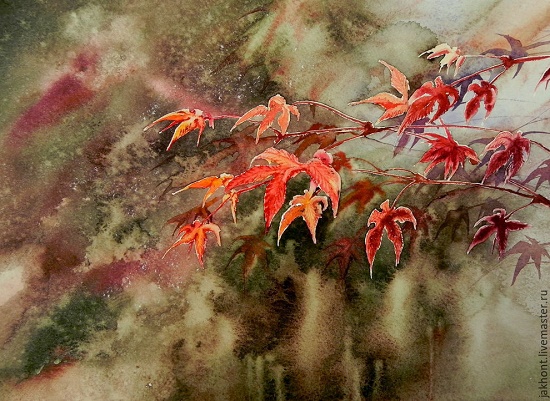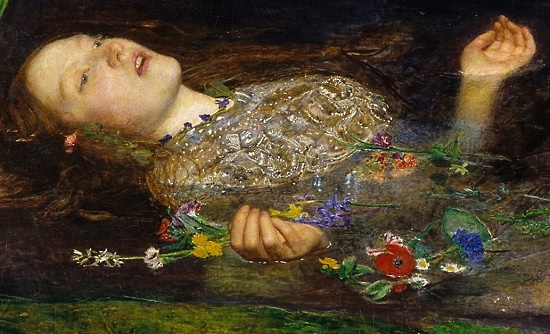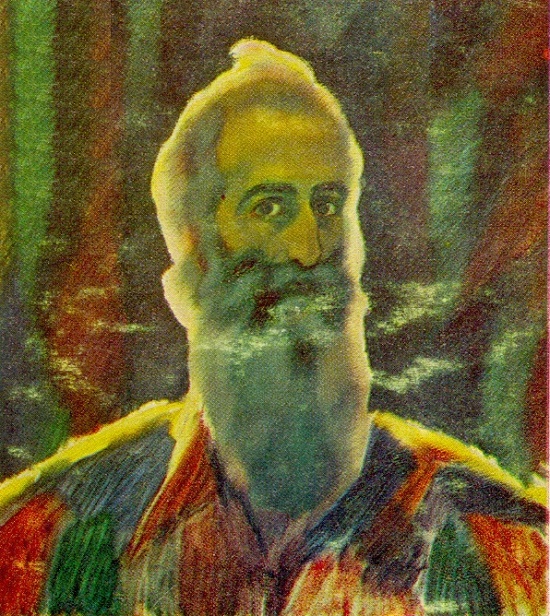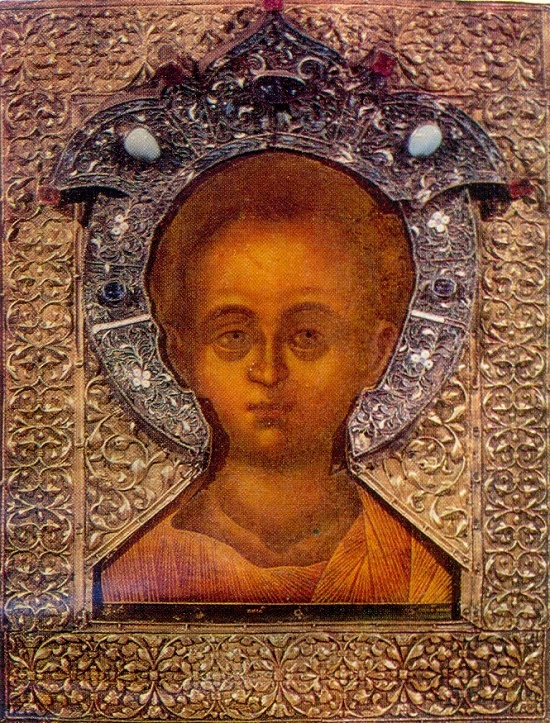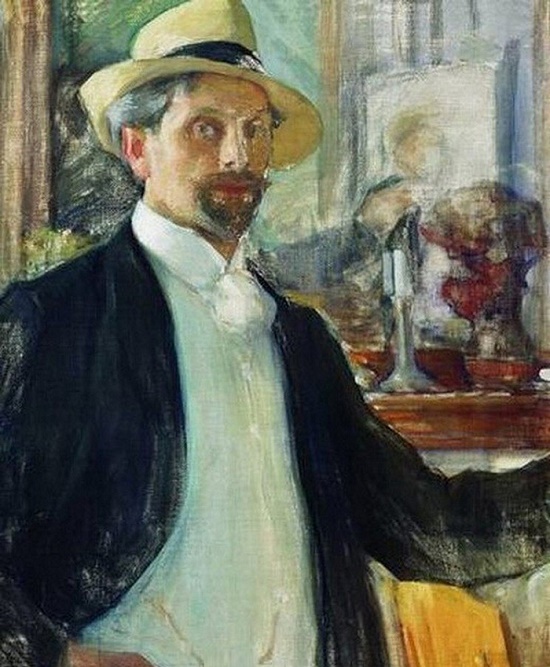Delicate Watercolor painting by Russian artist Anna
Painting by Russian artist Anna
According to Moscow based artist Anna, she “from time to time” draws for the soul. Most of all she loves watercolor, for its arbitrariness, transparency and discipline, which this technique requires from the artist.
By embodying a plan or simply impressed by chance, she tries to transfer emotions onto paper, and to paint them in colors. As the artist herself explains, “so that the moment that touched me remained with me even after a lapse of time”. Therefore, her drawings contain a lot of personal, and each of them is dear to her and valuable.
Some of her works decorated the walls in her house, while others were just kept in a folder. So, one day she decided to show some of kept in a folder drawings to the public. Actually, she hopes to sell these drawings to people, whom they will also bring joy. After all, having a work painted in real colors is a wonderful feeling!
Thanks to the master, her pictures show the elusive grace of nature where the world of harmony reigns.
Read more »
